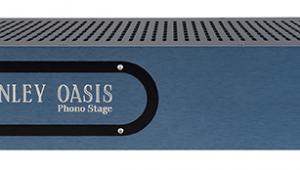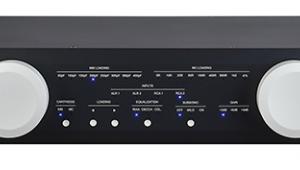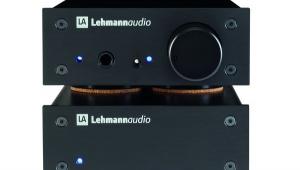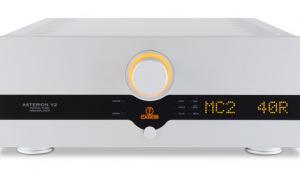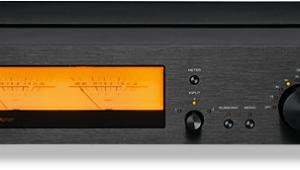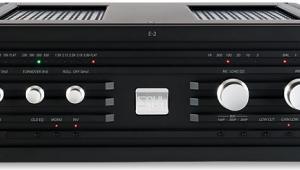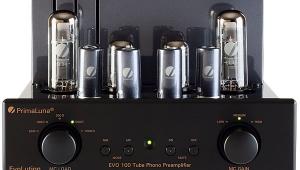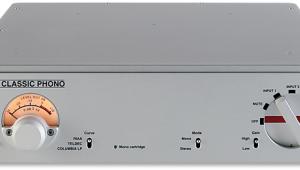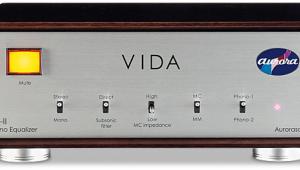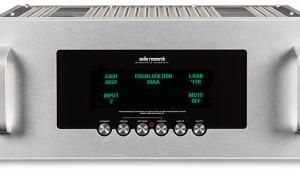Lehmann Black Cube Decade (£1350)
We first reviewed this German two-box phono stage as part of a group test [see HFN Apr ’10]. The Lehmann Black Cube Decade (available with silver fascia or black) sits between the company’s Black Cube SE and reference Silver Cube phono stages. It features Lehmann’s flagship PWX II power supply (also available as an upgrade to other Lehmann audio products), its frontal aspect uniform with the phono stage itself except for a lack of any controls, and notably well-built. You can hide it away if you want, as the shielded power cable that joins the boxes via Neutrik connectors is 2m long. As for those controls, one of the three miniature toggles selects an optional low bass cut, –6dB per octave below 60Hz, which you can use to cut speaker-threatening subsonic frequencies arising from warped records, for example. The next selects MM or MC sensitivity while the third gives an extra 10dB of gain if needed. Underneath, an array of DIP switches provides 100ohm to 1kohm loading for MCs or added capacitance for MM.
LITHE AND KICKING
For our test we used Ortofon’s Cadenza Blue moving-coil [see page 22] and for moving-magnet the Roksan Corus Silver. Starting with the Harry James big band – The King James Version, direct cut on Sheffield Lab – we found the bass subjectively less heavy than it had been with either the £800 Acoustic Signature or £899 Aqvox phono stages also to hand. Let’s put it that way rather than saying the bass was ‘lighter’ because the Lehmann’s balance seemed more correct, and the double-bass sound had a relatively lithe, unexaggerated quality that really helped the rhythmic flow.
Perhaps partly related to this, there was a pleasing open quality to the presentation as if the music was being allowed to breathe a bit more. James’s solo trumpet had a good feeling of tangible presence in front of his band, and drummer Les DeMerle’s all-important cymbal sounds had life and realism, insistent but crisply heard, not splashy or over-prominent.
Moving on to ‘Motherless Children’ from Eric Clapton’s 461 Ocean Boulevard [RSO], the Lehmann seemed in general perhaps just a little dry, though it was admirably detailed. Its stereo imaging was impressive in terms of width and not without depth at the centre, but somehow did not reveal quite the coherence across the spread that we’d obtained from from the Aqvox. On the other hand, the bass arguably seemed to benefit from a feeling of more precision.
When Red Callender kicked off ‘Easy Money’ [Rickie Lee Jones, Warner] his double-bass sounded clean and firm, plangent and well described, right down to the dodgy intonation on one note. Rickie Lee’s voice was depicted characterfully, but with a presentation that seemed just very slightly recessed.
Switching over to the Roksan MM, we found the Lehmann impressive on the Harry James LP with an appealing sense of speed and snap that made you appreciate the precision, musicianship and swing of the brass players. The bass seemed to be tight and well-timed too, and in the ‘Cherokee’ drum solo there was a good sense of power and energy.
VERDICT
The Black Cube Decade clearly has no difficulty in producing a well-detailed and convincingly dynamic sound. It offers a very high standard of finish and features.
Sound Quality: 85%
Originally published in the April 2010 issue


